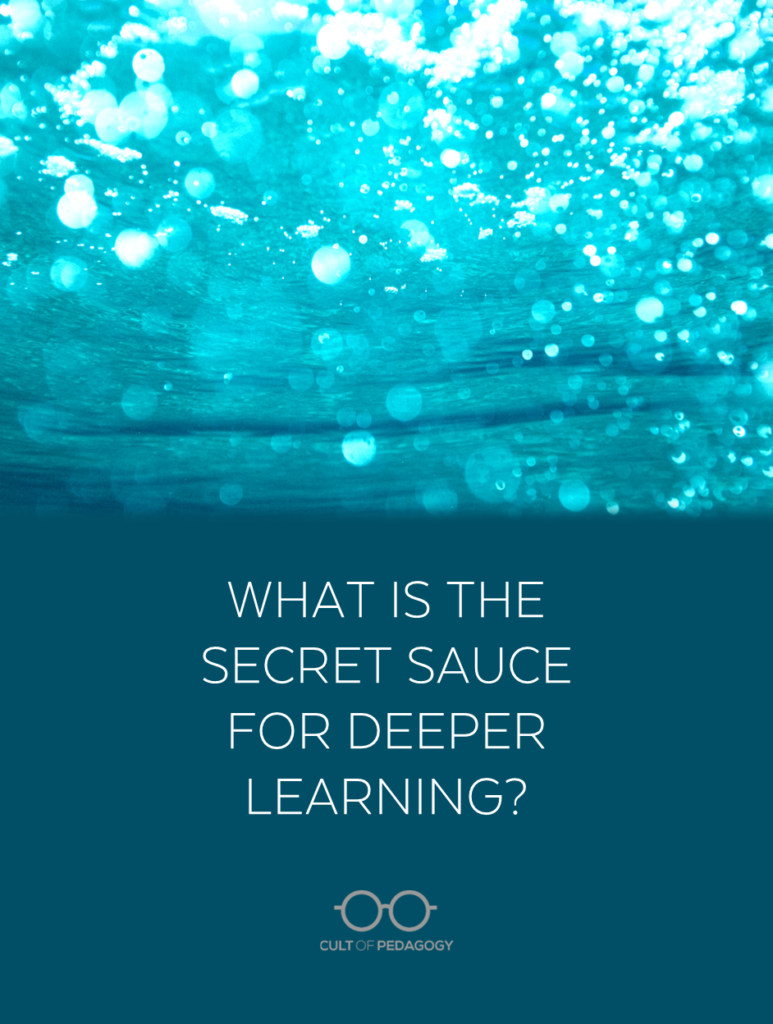
Listen to the interview with Sarah Fine (transcript):
Sponsored by EVERFI and Giant Steps
This page contains Bookshop.org links. When you make a purchase through these links, Cult of Pedagogy gets a small percentage of the sale at no extra cost to you. What’s the difference between Amazon and Bookshop.org?
Ask most adults if they remember anything they learned in high school, and what you’re likely to hear is a lot of different versions of no. Ask most high school kids if they remember what they learned last year, and you’ll probably get the same answer. Although exceptions certainly exist, it’s not a stretch to say that a lot of what happens in schools doesn’t really qualify as deep learning. In too many cases, what happens in schools today doesn’t look much different than it did decades ago: seat work, memorization, and regurgitation of a discrete body of knowledge and skills. Students who are successful are the ones who have learned how to play the game, while everyone else falls short in one way or another.
As educators, we’ve been able to describe this problem for a long time, and many teachers and schools have attempted to change it by implementing new strategies, changing curriculum, sometimes building whole schools designed to create more opportunities for rich, authentic, relevant learning.
So what’s working? Which of these approaches are getting results? What are they actually doing in the places where students are engaged in deep learning?
These were the questions Sarah Fine asked over ten years ago. Sarah was a graduate student at Harvard Graduate School of education, where she and Jal Mehta, an assistant professor, decided to go on a sort of quest, a nationwide search for schools that had created environments where deep learning was happening. The plan was to observe these schools and extract some general principles that others could follow.
While they were surprised (and disappointed) by what they found, they did find deep learning in some classrooms. From these, they were able to extract the “secret sauce” — a kind of formula for cultivating deep learning in any classroom. They shared their findings in their 2019 book, In Search of Deeper Learning.
On the podcast, Sarah Fine talked with me about what teachers and school leaders can do to bring more of that secret sauce into their learning spaces. The episode and full transcript are above; here is a summary of our conversation.
What is Deeper Learning?
To understand Fine and Mehta’s project, it helps to get a clear definition of what “deep learning” means to them; as Fine acknowledges, “We are far from the only ones who have thought about that.” So what exactly is deep learning in their terms?
“In the book,” she explains, “we ended up distilling deep learning to three domains that when interconnected in the experience of learners tend to produce really powerful, rich, enduring learning.” Those interconnected domains are identity, mastery, and creativity. When all three of these are present, it’s likely that deeper learning is happening.
Domain 1: Identity
“When kids see what is happening in school as connected to who they are, what they know, and maybe what they want to become,” Fine says, “there’s something very important that happens there. If you have to start somewhere, start with figuring out what kids want to know, what they care about, what they already do know and wonder about the world, who they might want to become, and see if you can use that as a launching point.”
Domain 2: Mastery
Fine describes mastery as “developing really rich conceptual knowledge and ability to execute something in some domain. Actually being able to do the work of a discipline, to think in the ways of that field or discipline…getting how something works, not just knowing a bunch of disconnected stuff. So, for example, understanding the role of the human heart in the body is not just about being able to label where the human heart is on a diagram or being able to spit out a definition. It’s actually systems knowledge that’s connected to other pieces of knowledge.”
Domain 3: Creativity
“We think about creativity as not just receiving knowledge but being able to…produce something novel or something that has utility to the world, or meaning, or beauty, or something that hasn’t been done or made before,” Fine says. “So it’s not just creativity in the sense of like the arts, but it’s more like, okay, you know something about the human heart. Try to design an artificial heart based on what you know about what the heart needs to do. And too often we don’t see that in classrooms. But when we do, it’s just incredible what happens for kids.”
Fine points out that these three elements are interconnected. “So the more you know about something, the more you might start to see yourself as somebody who has a relationship to that thing, and creating something in a domain similarly might change your sense of self. Like, oh, I’m not just somebody who can solve a math problem on paper. I’m somebody who can use math in the world to solve an engineering problem.”
Where is Deeper Learning Happening?
When Fine and Mehta set off to find examples of deeper learning, they assumed they would find it in places that had been ostensibly set up for that purpose, innovative schools built on a foundation of project-based learning, exclusive schools that were known for strong academic programs, and charters that had reported remarkable academic gains.
To their surprise, they found that none of these places offered deeper learning across the board; in fact, in some of them, they were hard-pressed to find much deep learning at all. What they did find, however, were pockets of excellent, deep learning in nearly every school they visited, individual teachers who designed and delivered rich, engaging learning experiences for their students in public schools, private schools, schools with excellent resources, and those without.
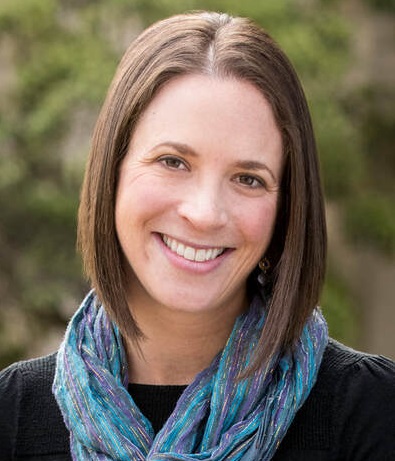
One place that was a consistent source of deep learning was what Fine and Mehta referred to as “the periphery,” elective classes like art and robotics and extracurriculars like debate and athletics that are outside of what we consider to be the core academic classes. “Nobody talks very much about what’s going on in those spaces,” Fine says, “and yet they were the places where we saw the richest learning happening.” In these spaces, much of what they call the “grammar” of school is different: Students are there by choice, they have opportunities for apprenticeship and leadership, they can specialize in a subdomain of the field, and there’s usually a real product being produced for an authentic audience.
In the book, the authors used a school theater program as an example of this kind of learning at the periphery.
“In a place like theater, different kids have different domains of expertise. There are kids who are good at the lights, kids who are good at the staging, kids who are painting the set, kids who are doing the acting, kids who are helping pull it all together, making sure those things are coordinated. So there’s room for kids to get good at different things and to lean into their strengths and not have to be good at everything. But also, they all have to work together to produce something that not any one of them could do on their own. Rather than this kind of independent, meritocratic, individualistic way of approaching learning, it’s actually, no, we’re trying to produce something important and new and, and big, and none of us can do it alone. And we can’t do it if we’re all doing the same thing at the same time. We actually have to rely on each other’s brilliance and skills, and we need to find a way to coordinate those things in order to mount this production. And that’s just a really different way of structuring a learning community than what core academic classes do.”
What Classroom Elements are Needed to Nurture Deeper Learning?
In every class where Fine and Mehta observed deeper learning, certain elements were present in the instructional design. Teachers who want to add more depth to the learning in their classrooms should start with these.
Depth over Breadth
Rather than rush through the curriculum with shallow coverage of as many topics as possible, go deeper on a smaller number of ideas.
“Marching through a curriculum just to cover it,” Fine says, “I don’t think there are many teachers out there who actually enjoy or believe in doing that. There’s a lot of teachers who feel bound to do it and they feel constrained. But we talked to so many teachers who had a high level of hunger to do things differently. They just didn’t feel either able to imagine what it would look like or supported to try it. I think a lot of teachers have at least a little bit of wiggle room to try to be like, okay, we’re just going to do less, but what we do do, we’re going to go deeper and I’m going to allow for more choice, and I’m going to, you know, think about how kids can really build deep conceptual understandings of something rather than, you know, making it to the end of the chapter.”
Student Choice
Even if students don’t have a choice about whether to take a class that’s required, the teacher of a core academic subject can still offer some choice within that course. Fine suggests that teachers help students identify what aspects of the course are most compelling to them, and then have them go deep on those strands.
“If you’re in a history classroom where you’re studying revolutions and trying to come up with some theory about why revolutions happen,” she says, “you have different kids who might for different reasons that could tie to their identities and their curiosity and their background, pick different revolutions to study.” So rather than learning about a series of revolutions over a long span of time, students go deep on one that interests them the most, and then they present their learning to their peers, which spreads more of the content throughout the group.
Authentic Audience
“The difference between turning something in to your teacher and then getting a grade and performing or sharing that learning with an audience that is not just your teacher is really profound,” Fine says.
The audience doesn’t have to be anything big; it can be people right inside the building. “At the very least, have kids share their work with each other. That’s the starting point. Have them share their work with other members of the school community, other grade levels, maybe at an all-school assembly. Have older kids write storybooks to teach younger kids.”
At a more ambitious level, you can start looking toward a wider audience. “Invite community members in who have a stake in the questions you are exploring and who might be experts on the thing that you’re working on,” Fine suggests. “Maybe you’re working on a policy dilemma, trying to understand it that’s relevant to policymakers or community members or just voters. Bring those folks in to share your work with, or mount a performance, a theater performance or a music performance or something. Or put it up on the web for the world to see. There are all kinds of ways to think about audience, but I think the moment that you start thinking about the work that kids are doing being seen by others, you open up an opportunity for more motivation.”
Start by Going Down the Hall
One of the big takeaways from Mehta and Fine’s book is that you don’t have to be in a special school to design deeper learning experiences for your students; in fact, those experiences are probably already happening right down the hall. So if you’re thinking your classroom could use a deeper learning upgrade, start by looking into your colleagues’ classrooms.
And you might want to prioritize the periphery. “If you’re a core academic teacher, go to an art class,” Fine says. “Go to a music class. Go to an elective. And rather than thinking, I have a textbook and they don’t, so I can’t do that, I think the mentality should be, What is the logic and the stance here? And how can I bring that into my room, given the constraints I work within?”
“If you’re a teacher working in a 2,000-kid building,” she says, “there are bound to be a lot of colleagues who have figured some stuff out. If you can just get out of your room and get into some other classrooms and just start to absorb some of what you see, that’s a really powerful starting place.”
Sarah Fine, Ed.D., is the Director of the San Diego Teacher Residency at High Tech High Graduate School of Education. You can find her on Twitter at @sarahmfine.
Join our mailing list and get weekly tips, tools, and inspiration that will make your teaching more effective and fun. You’ll get access to our members-only library of free downloads, including 20 Ways to Cut Your Grading Time in Half, the e-booklet that has helped thousands of teachers save time on grading. Over 50,000 teachers have already joined—come on in.

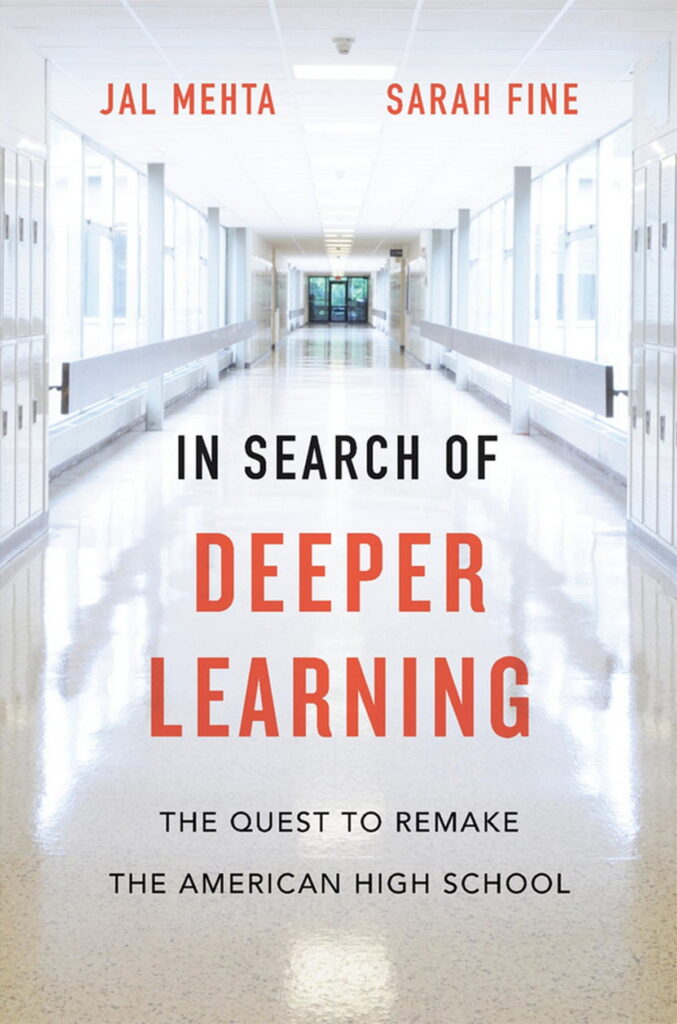
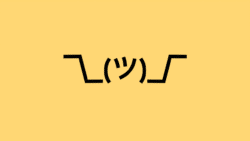
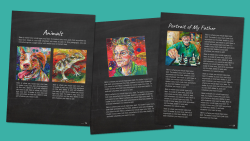
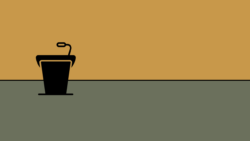

I felt the episode “What Is the Secret Sauce for Deeper Learning?” really missed the mark for me. I found the episode lacked clarity or conviction that this is something teachers should be incorporating into their teaching practice, and perhaps even dissuades them from trying. For me, Deep Learning is about bringing the joy of learning to life through real-world problems and applications. Looking to the excellent work of Michael Fullan and NPDL, the framework of global competencies (or transferable skills) in conjunction with the four frames (pedagogical practices, learning partnerships, digital literacy, and learning environments) give educators a strong framework to focus their learning around. I found many ways to incorporate deep learning into all of my subject areas, including math. Cross-curricular approaches to teaching make student learning richer and engaging. If you are looking for exceptional examples of what Deep Learning can look like system wide, look no further than Ottawa Catholic School Board lead by Tom D’Amico. Deep Learning is transformative for teachers and students if we are willing to let go of the reins and give students voice and choice in their learning.
Hi Katrina,
Sorry this didn’t resonate with you. I looked back over it to see where there was a tone of dissuading teachers to deepen the learning in their classroom, and what I’m seeing are concrete suggestions for doing just that. In fact, your advice to give students voice and choice is one of the suggestions we made, so I’m kind of confused about where we missed you. If you can point to the place where the tone is discouraging, I’m happy to take another look at it, because that certainly wasn’t the intent. I appreciate you sharing these other resources for further exploration of deep learning so that others who visit this post can explore them.
I really enjoyed this post. I like how you explained the three domains of deeper learning. There were a lot of examples and ideas to try!
Glad you found some new ideas to try, Tiffany! I hope you’ll come back and let us know how it went!
Hi!
I really enjoyed this and I’ve noticed the podcast covering a roadmap of different ways to approach deeper learning. It’s help educators feel hopeful that teaching is accepting that changes need to be made in order to prepare students for the future!
One question — at the end of the podcast you brought up that teachers may need resources to get started. She gave a website to look at but I didn’t catch the name of the website and didn’t see it linked. Can you possibly link the website she mentioned? Thank you!
Hi,
This post really resonated with me. Many of the attributes that you presented, such as creativity, student choice, and authenticity connect to the 21st-century skills students need to develop. Communication, collaboration, critical thinking, and creativity are all 21st-century skills that help students gain a deeper understanding inside school, as well as thrive outside of school. The section Depth over Breadth stood out to me. As an educator it is difficult to find the balance between going through the curriculum and diving deep into concepts. Thank you for sharing this post.
Hi Heather,
We’re so glad the post resonated with you! We agree that centering 21st century skills are essential for engaging students and preparing them for their next steps!
Hi Jennifer,
I really enjoyed reading your ideas and insights to find ways to create more meaningful learning experiences for students. You focus on the domains of identity, mastery, and creativity and their importance in deeper learning. While reading this, I reflected on how important experiential learning is for students and how this theory includes mastery, creativity, and when done well, identity. Kent State University (2023) states, “By engaging students in hands-on experiences and reflection, they are better able to connect theories and knowledge learned in the classroom to real-world situations” (para.1).
Another point made was that students are often engaging in deeper learning in elective classes, like art, robotics, debate, and athletics (Fine and Mehta). Sarah Gonser (2021) revealed a number of benefits that stem from involvement in electives and extracurricular activities. She noted the role that social emotional learning plays, the opportunity for choice, more communication opportunities, safe spaces, and collaboration (Gonser, 2021). Often, educators assume that the only opportunity for higher learning is through content. However, giving students the opportunity to develop life skills may be the most important learning they ever have.
Brenton Jackson, Tresstyn Clubb Daines, Jocelin Meza, & Rachel Thomas (n.d) state, “Students are more likely to be excited about learning material that relates to their interests and their lives, and it also promotes intrinsic motivation and creates a more inclusive classroom” (para.7). When considering identity as an important component to higher learning, we need to be sure students are finding connections to content. Strong educators are able to facilitate these connections through knowing their students, presenting natural phenomena, and allowing students to apply their knowledge to real world situations.
Your post was meaningful and offered many practical approaches to include identity, mastery, and creativity in the classroom. While many educators may feel they are incorporating these aspects in their curriculum, it is vital that educators reflect on their work and modify when needed. Thank you for sharing!
Jackson, B., Clubb-Daines, T., Meza, J., Thomas, R. (n.d). Content connections. https://equitypress.org/making_meaning/content_connections#:~:text=Students%20are%20more%20likely%20to,creates%20a%20more%20inclusive%20classroom.
Brophy, J. (2008). Developing students’ appreciation for what is taught in school. Educational Psychologist, 43(3), 132-141.
Gonser, Sarah. (2021). The enduring importance of extracurriculars. Edutopia. https://www.edutopia.org/article/enduring-importance-extracurriculars/
Kent State University. (2023). What is experiential learning and why
is it important? https://www.kent.edu/community/what-experiential-learning-and-why-it-important
Andrea, thank you for your thoughtful response and for sharing these resources! Jenn will be so glad to know that you found the post enjoyable and thought-provoking.
I like how you share the secret sauce for deeper understanding because every day I am learning as well from my students and I can use it in my class thus make me understand more their learning abiltiy.
Good morning Jennifer,
First thank you for the work you do and the content you generate. I often refer to this work. I adapt it to my role in higher education to enhance experiential learning for my students.
If you haven’t read it already, you may be interested in Angus Fletcher’s book called Story Thinking. Would love to hear your thoughts on it either through personal communication or if you decide to generate a post from it. I am testing the use of narrative in my instruction of marketing as a thinking tool not just a communication tool.
Best,
Dr. Cassandra Ritzen
Dr. Ritzen,
Thank you for your compliments and your suggestion. Unfortunately, Jenn is quite busy and doesn’t have the capacity to respond to this particular type of request. If you have a further inquiry, you can email Support@Cultofpedagogy.com and someone from Jenn’s team can get back to you.